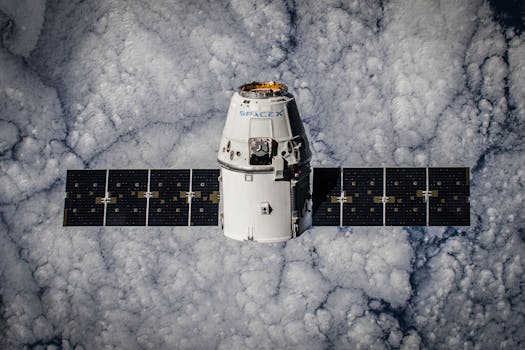
The future of satellites is rapidly evolving, with advancements in technology and innovation transforming the way we communicate, navigate, and understand our planet. The future of satellites holds much promise, with the potential to revolutionize global connectivity, enhance our understanding of the Earth and the universe, and drive economic growth and development.
One of the most significant trends shaping the future of satellites is the proliferation of small satellites, also known as smallsats. These miniature satellites, typically weighing less than 500 kilograms, are cheaper to launch and operate than traditional satellites, making them an attractive option for a wide range of applications, from Earth observation and communication to scientific research and technology demonstration. Smallsats are also more agile and flexible, allowing them to be deployed quickly and efficiently, and to respond rapidly to changing mission requirements.
Another key trend driving the future of satellites is the development of advanced propulsion systems, such as electric propulsion and advanced ion engines. These systems offer significant improvements in fuel efficiency and mission duration, enabling satellites to operate for longer periods and to travel further distances. This is particularly important for deep space missions, where traditional propulsion systems are often limited by their fuel capacity and specific impulse.
In addition to these technological advancements, the future of satellites is also being shaped by changing regulatory frameworks and industry dynamics. The increasing demand for satellite-based services, such as broadband internet and navigation, is driving the development of new satellite constellations and the expansion of existing ones. This, in turn, is creating new opportunities for satellite operators, manufacturers, and service providers, and is driving innovation and investment in the sector.
The Role of Satellites in Global Connectivity
Satellites play a vital role in global connectivity, providing a means of communication and data transfer between remote or underserved communities and the rest of the world. The future of satellites is likely to see an increasing focus on this application, with the development of new satellite constellations and the expansion of existing ones. These constellations, such as OneWeb and SpaceX’s Starlink, aim to provide global broadband internet coverage, bridging the digital divide and enabling new opportunities for economic and social development.
Satellites are also critical for navigation and timing, providing the signals that enable GPS and other satellite navigation systems to function. The future of satellites is likely to see continued investment in this area, with the development of new navigation satellite systems, such as the European Union’s Galileo and China’s BeiDou. These systems will provide improved accuracy and availability, and will enable new applications, such as precision agriculture and autonomous vehicles.
The Future of Satellite Technology
The future of satellite technology is likely to be shaped by a range of factors, including advances in materials science, propulsion systems, and computing power. One of the most significant trends in this area is the development of reusable launch vehicles, which promise to significantly reduce the cost of accessing space. This, in turn, is likely to enable new satellite applications and business models, such as satellite servicing and debris removal.
Another key area of research and development is the use of artificial intelligence and machine learning in satellite systems. This could enable satellites to operate more autonomously, making decisions and adapting to changing conditions without the need for human intervention. This, in turn, could improve the efficiency and effectiveness of satellite operations, and enable new applications, such as real-time Earth observation and predictive analytics.
Challenges and Opportunities
Despite the many opportunities and advancements in the field of satellites, there are also significant challenges to be addressed. One of the most pressing concerns is the growing problem of space debris, which poses a risk to operational satellites and other space-based assets. The future of satellites is likely to see increased focus on this issue, with the development of new technologies and strategies for debris removal and mitigation.
Another challenge facing the satellite industry is the need for sustainable and responsible practices. This includes reducing the environmental impact of satellite launches and operations, and ensuring that satellite systems are designed and operated with longevity and reuse in mind. The future of satellites is likely to see increased emphasis on these issues, with the development of new standards and regulations for sustainable space activities.
